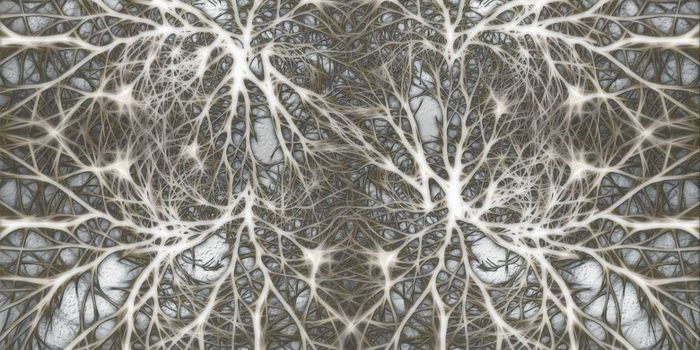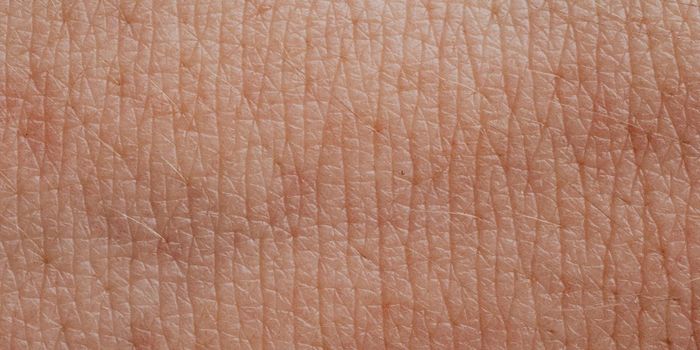Depression is a serious medical problem that can be devastating to those who suffer with it as well as to their families and friends. Depression is a broad term however and is vaguely defined by some, and not well understood by others. There sub-types of Major Depressive Disorder (MDD) and knowing which one a patient has is crucial to finding the right treatment for that patient. Researchers at QIMR Berghofer Medical Research Institute in Australia have used advanced brain imaging technology that shows specific changes that occur in the brain and are unique to each sub-type. This kind of direct visual observation is a major milestone in medical care for those who have MDD and a help to researchers looking for better treatments.

Dr Christine Guo, the head of the Translational Neuroscience laboratory at QIMR Berghofer, lead the study and she collaborated with researchers from the University of New South Wales and the Black Dog Institute. The findings have been published in the journal Psychological Medicine.
In Australia it is estimated that at least one in five people will deal with MDD. Since there are many different forms and sub-types and symptoms from each can occur in patients, untangling all of the information to make a clear diagnosis that will lead to the most effective treatment is a daunting task since no clear biological test exists for it.
In a press release about the study, Dr. Guo stated, “The underlying changes that occur in the brain can be quite different in patients with different types of depression. This means that patients with different types of depression require, and will respond to, different kinds of treatment. The problem for doctors though, is that these patients can present with overlapping symptoms including sad mood, low energy and poor sleep. This means that it can be very difficult to accurately diagnose patients with a particular type of depression and to prescribe the most effective treatment.”
Dr. Guo and her colleagues conducted fMRI scans on the brains of two groups of patients who were diagnosed at a specialist clinic with either melancholia or non-melancholic depression. An fMRI scan shows brain activity as it happens, while the patient is engaged in a mental task like solving a problem or listening to music. The researchers observed what went on in different regions of the brain as they watched happy and sad movies.
The results showed distinctly different neurobiological changes in the two groups of patients. In an area of the brain known as the subgenual ACC the scans of those with melancholia vs. non-melancholic depression showed different kinds of changes, specific to the kind of depression diagnosed. This region of the brain was the subject of a US study that tested the use of implanted electrodes for direct brain stimulation in depressed patients. That study was not successful, but the Australian team hopes their information could lead to treatments such as stimulating other areas of the brain. Because the changes they observed in each group of patients were essentially opposite of each other, they believe their findings could be used to determine which patients would be good candidates for brain stimulation therapy and which might not. The video below talks more about the findings, check it out.
Sources:
QIMR Berghofer,
HousecallDoctor.com,
PM via ABC News, Australia









